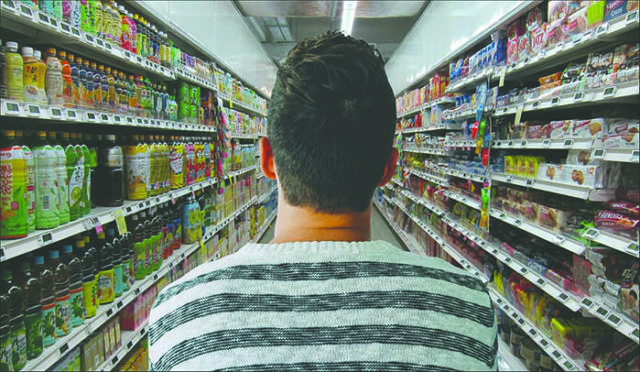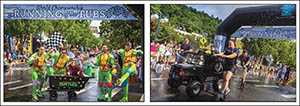To help you reduce the amount of time you spend at the store, create a plan before you go. Organize your list according to the section of the store in which these items are located.
The Academy of Nutrition and Dietetics offers tips for planning, preparing and storing healthful meals while under quarantine during the novel coronavirus COVID-19 pandemic.
“Before going to the grocery store, plan menus for 1-2 weeks focusing on the foods you already have in your refrigerator and pantry,” said registered dietitian nutritionist Yasi Ansari, a national spokesperson for the Academy. “By using what you have, you can prevent spoilage and make room for new purchases.”
Chop up leftover meats and vegetables for soups, salads or sandwiches. Make a hearty salad with hard boiled eggs or canned fish or add vegetables and leftover poultry or tofu to beans and wrap in a corn or whole-wheat tortilla for tacos.
- Plan Your Menu
Plan your menus with foods from the five food groups by including fruits, vegetables, whole grains, lean proteins and sources of low-fat or fat-free dairy. - Plan meals that freeze well, such as casseroles and soups, so you can have leftovers. Frozen foods can maintain their quality in the freezer for 2-3months.
- Use your fruit — fresh, frozen or canned — to whip up a smoothie with low-fat or fat-free milk, yogurt or a non-dairy alternative. A parfait with fruits, topped with yogurt, granola or a spoonful of nut butter can serve as a snack.
- Plan Your Grocery Trip
“Take your grocery list to the store to shop for ingredients to complete your planned meals,” Ansari said. Include a checklist of your favorite foods and prioritize purchasing ingredients with which you can cook multiple meals, keep track of seasonal items on sale and use coupons to save money. - To help you reduce the amount of time you spend at the store, create a plan before you go. Organize your list according to the section of the store in which these items are located.
- Purchase shelf-stable foods such as canned goods — beans, peas and lentils, tomatoes, fruits, vegetables, soups and meats — as well as nuts, dried fruits and cereals. Try oats, quinoa, rice, potatoes, pasta and whole wheat bread and tortillas, plus frozen fruits, vegetables, seafood, meat and pizza dough.
Follow your state guidelines for using face masks and gloves. Use disinfectant wipes or hand sanitizer to clean your hands and wipe down the shopping cart and basket handles before shopping. Practice social distancing — stay at least six feet away from others.
Wash your hands when you return from your grocery trip and put the perishable foods in the refrigerator or freezer immediately.
According to the FDA, the CDC and the U.S. Department of Agriculture, there is currently no evidence to suggest that COVID-19 can be transmitted through food or food packaging. It is believed the virus spreads from person-to-person through close contact or respiratory droplets, for instance, when a person coughs or sneezes. However, it may be possible for viruses to survive on surfaces and objects, reinforcing the need to observe proper hygiene and food safety practices.
Regular handwashing, along with routine cleaning and disinfecting, especially all frequently touched surfaces, remains the most effective ways to reduce the spread of COVID-19.
For more nutrition tips, visit the Academy’s COVID-19 Nutrition Resource Center at EatRight.org.









